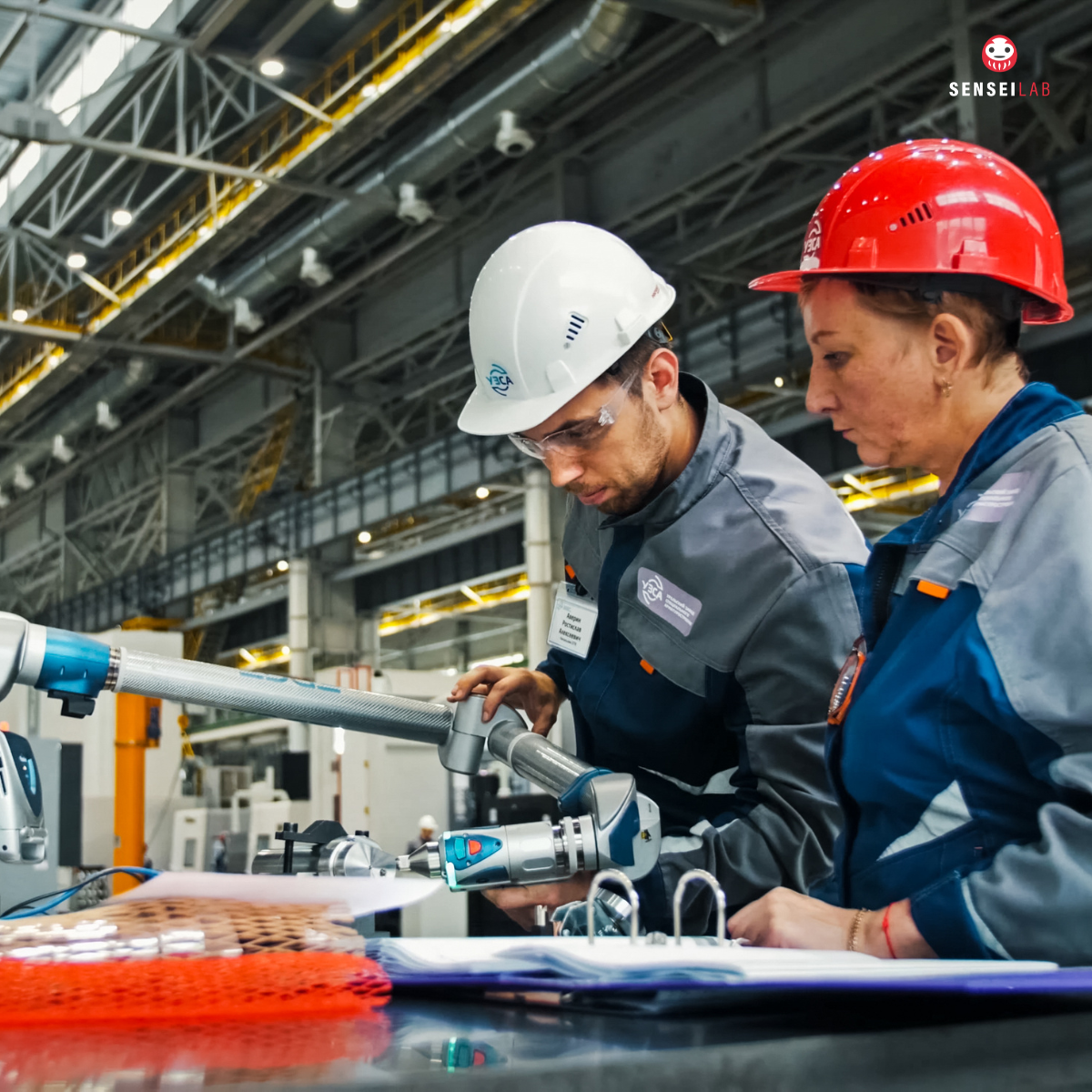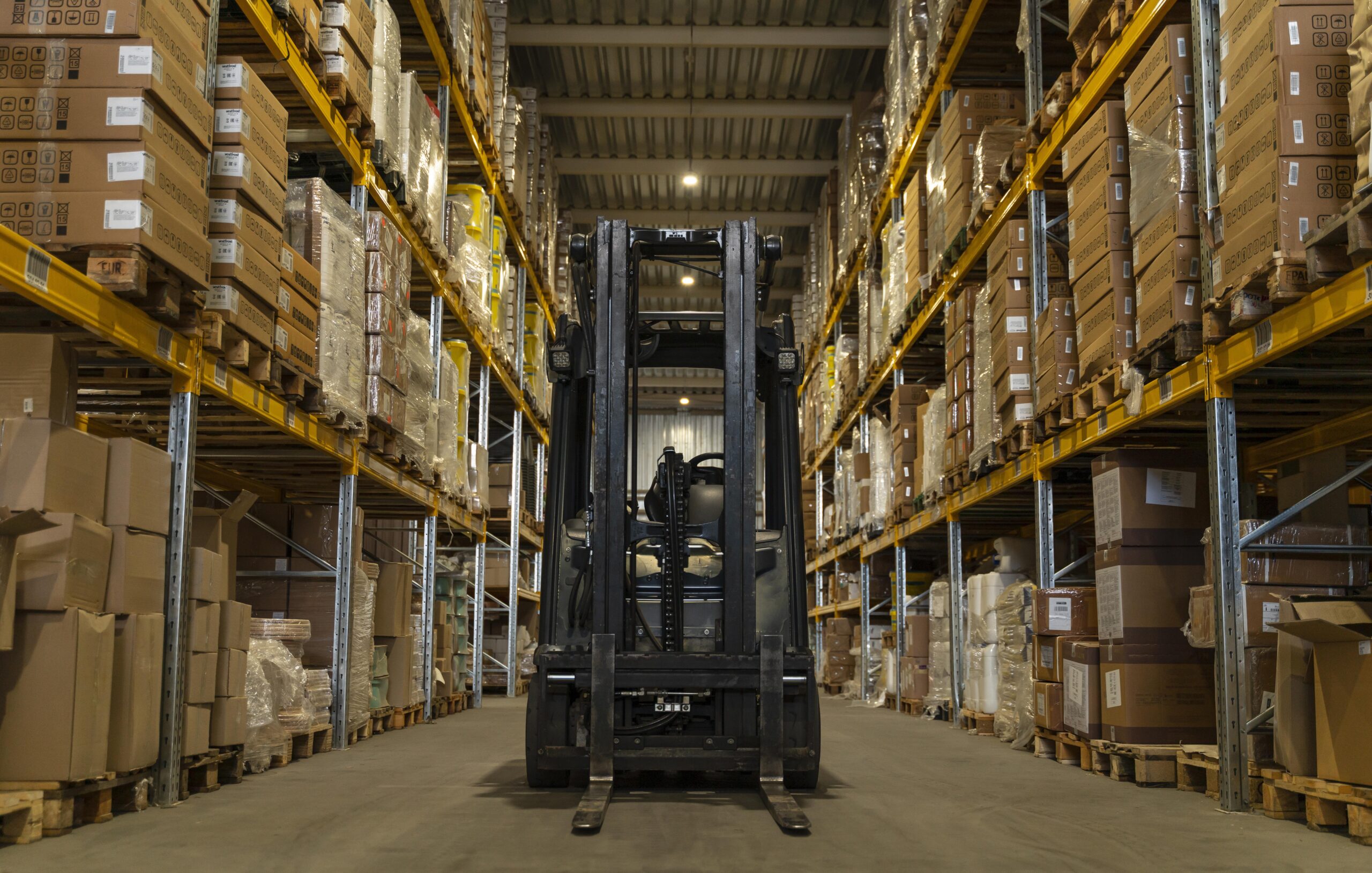In early 2024, we were approached by a mid-sized aerospace manufacturer whose supply chain was in disarray. They relied heavily on manual processes and outdated spreadsheets, which led to soaring inventory holding costs between 15% and 25% of part values annually. Moreover, lead times extended beyond eight months, and more than $200 million remained locked in inventory. Consequently, the company suffered from inefficiencies that not only drained resources but also threatened its competitive edge.
Our Comprehensive Approach to Transformation
Determined to reverse this trend, we devised a comprehensive, data-driven strategy that combined cutting-edge digital innovation with proven Lean manufacturing principles. Consequently, we transformed their operations step by step.
1. Comprehensive Diagnosis and Planning
Initially, we conducted an exhaustive audit of the existing processes. In doing so, we mapped every inefficiency and set clear, measurable goals. As a result, we laid the foundation for a tailored solution that addressed the root causes of their operational challenges.
2. Digitization & AI Integration
Subsequently, we implemented a state-of-the-art supply chain management system powered by AI and big data analytics. First, we integrated real-time tracking systems to monitor inventory levels down to each component. Then, we automated order processing to replace error-prone manual workflows. Moreover, we carefully cleansed and migrated legacy data, ensuring that the new system delivered accurate, actionable insights.
3. Predictive Analytics Implementation
Next, we embedded predictive models such as Prophet and ARIMA into the system. By doing so, we enabled the company to accurately forecast demand, optimize production schedules, and dynamically adjust inventory levels based on real-time insights. Consequently, this proactive approach empowered the manufacturer to respond swiftly to market changes.
4. Lean Manufacturing & Process Reengineering
Furthermore, we embraced Lean manufacturing principles to eliminate waste and enhance efficiency. Through value stream mapping sessions, we uncovered that 40% of the inventory consisted of non-moving parts. We then redesigned workflows to eliminate non-value-added activities and introduced just-in-time manufacturing practices, thereby drastically reducing lead times.
5. Empowering the Workforce
In addition, we recognized that technology is only as effective as its users. Therefore, we launched comprehensive training programs that included workshops, hands-on sessions, and continuous improvement meetings. This ensured that every team member—from the production floor to management—was fully equipped to drive and sustain the change.
Our Transformation Timeline
- Week 1-2: Diagnosis & Goal Setting
We meticulously audited processes and established specific targets for reducing lead times and lowering inventory costs. - Week 3-4: Software Implementation & Data Migration
We deployed the new AI-powered system and executed a seamless migration of legacy data. - Week 5-6: Lean Workshops & Process Redesign
Our team conducted intensive workshops that re-engineered workflows and pinpointed key areas of waste, thereby laying the groundwork for Lean transformation. - Week 7-8: Pilot Testing & Iterative Feedback
We launched pilot runs, gathered feedback, and refined the system in real time. Consequently, we optimized processes for maximum efficiency. - Week 9-10: Full-Scale Rollout & Continuous Monitoring
Finally, we rolled out the new system across the organization, continuously monitoring performance and making agile adjustments to ensure sustained improvements.
The Impact
Within just 90 days, our proactive efforts yielded dramatic improvements. Specifically, we identified and eliminated 40% of non-moving parts, significantly reducing inventory costs. Moreover, our demand forecasting accuracy improved to 82% at the part number level and 90% in production quantities. Additionally, lead times plummeted from over eight months to just a few weeks, thanks to our implementation of just-in-time manufacturing. Finally, real-time insights empowered rapid, informed decision-making, which transformed the company’s approach from reactive to proactive.
Looking Ahead
This journey not only addressed immediate challenges but also established a solid foundation for continuous innovation. As a result, the company now explores further enhancements, such as blockchain for traceability and IoT for more granular supply chain data. Ultimately, our success in integrating advanced technology with Lean principles—and in empowering a dedicated workforce—demonstrates that even the most daunting challenges can evolve into opportunities for growth and efficiency.
In conclusion, we remain committed to driving operational excellence, and this transformative project continues to inspire our pursuit of innovative solutions in aerospace manufacturing.




